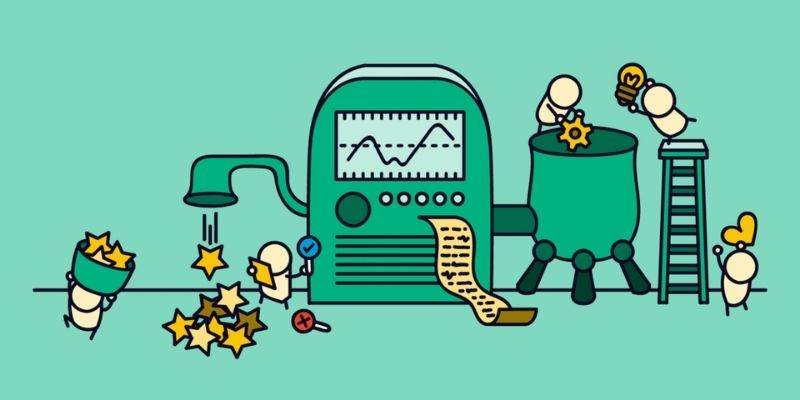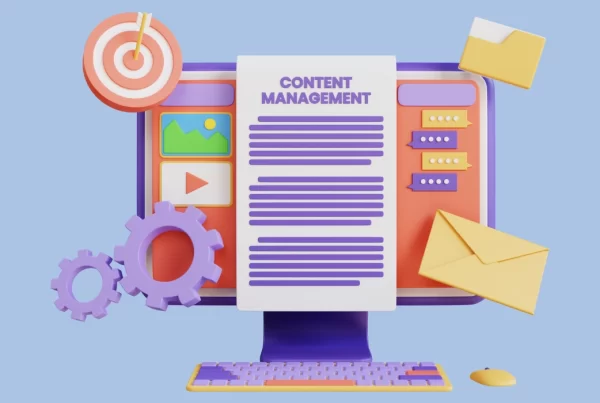Last Updated on 1 year ago by Ecem Ertürk
Contrary to what is known, having excess content on a website is not a factor that takes it to the top of the search engine. Sometimes this situation even causes the opposite effect. Excess and irrelevant content worsens both SEO and user experience. For this reason, content pruning is required at regular intervals. It is one of the most ideal strategies used to optimize websites. Old, irrelevant, poor quality, unnecessary, and outdated content pushes you behind your competitors. Content pruning is done to delete such content or to improve the necessary layouts. Agencies like the SEO agency also analyze your website for you, evaluate content from many different perspectives, and make decisions that will be most useful to your website. The fact that this process is successfully done at regular intervals brings with it many benefits to support your growth, such as high conversion, improved user experience, high ranking in SERPs, and getting more clicks.
What is Content Pruning?
The logic of content pruning is simple. Just like plants, new branches include cutting the old ones so that they come out greener and more. That is, it is the process of deleting the website by selecting old content for faster growth. For example, content written about Twitter’s features in 2014 is now dysfunctional because these features changed completely in 2023. Content pruning is an SEO strategy that must be done at regular intervals to keep your website up-to-date. Not all old content is dysfunctional; therefore, it is necessary to understand well which content should be pruned first. Content that has now expired, unnecessary, low-quality, and non-visitor content is the most accurate one for content pruning. With this strategy, it is possible for users to find what they are looking for up to date, improve their experience with a regular and new website, and give higher conversions.
Why Should You Prune?
The obstacle to the growth and visibility of your business may be your old content. This content is kind of outdated content and sometimes makes you count at your place and sometimes fall back. Deleting your old content supports you to improve your content quality. With successful content written 10 years ago, the quality of the content written today will not be the same. The keywords used and everything mentioned have undergone a change over time. For this reason, it is necessary to reflect this change to old content. Content pruning is among the methods of improving user experience. With a lot of content, users may have difficulty finding what they are looking for, or older and outdated content may mislead users. In addition, it can improve search engine optimization. No matter how good content you are producing right now, you may not be at the top of the search engine. The reason for this may be due to old content, that’s why you should get rid of them as soon as possible. In-date content created with old keywords can prevent search engines from understanding your content and drop you behind your competitors.
The Benefits of Content Pruning

Content pruning is very useful for websites. Resources such as bandwidth or server space can be used more efficiently. These resources make it easy to direct resources such as new, current, and useful content, not old content. Also, one of the biggest benefits it provides, significantly improves the user experience. Users may find what they are looking for in small but self-content and become potential customers. In addition, less content is scanned faster by the boots of search engines like Google. In this way, the probability of being in the upper ranks in SERPs increases.
When is Content Pruning Really Necessary?
When you need to prune content, simply follow some signs that show you this. If your content that is already out of date is outdated and talks about something that no longer exists or has changed completely, it’s time to prune. Apart from that, content with a lower or fixed click rate also needs content pruning. Following statistics is a strong sign that shows you which content should be deleted. In addition, content with low quality should be extracted. Such content disrupts the overall mood of your website and damages the professional image. The presence of too much content on your website may also cause the site to slow down and decrease performance. When you overestimate such a situation, it is really necessary to prune the content.
How to Decide What Content to Prune?
If you have a lot of content on your website, it can be difficult to decide which ones are irrelevant and needs to be deleted. This decision is influenced by different factors. However, old, poor quality, dysfunctional, and outdated content must be deleted. Not all old content means poor quality, so it’s important to be able to analyze the content correctly. It is time to delete content that does not attract visitors or has a high bounce rate. If the place is needed to extract new and current content, those that are insignificant from the old can be deleted. Apart from that, despite the new content produced in a complete and quality manner, but not being at the top of its engine, it also shows the presence of content that prevents you. It is important which content is selected for content pruning and must be done with care. Pruning can be done by progressing gradually and considering current information every few months.
How to Conduct Content Pruning?
The way you need to start the content pruning process is as follows;
1. Define What You’re Going to Audit
Knowing which pages to start pruning makes the process easier. Content that is outdated but still attracting visitor traffic can be reproduced with current information. Content that doesn’t select visitors, is poor quality, outdated, and contradicts each other can be deleted as it is.
2. Identify Your Underperforming Pages
Identifying content with low click rates and high bounce rates is the next step. Content that is not relevant to the website or that has low statistics guides you through prioritization.
3. Pull in Traffic and Backlink Data
If you have found low-performance and outdated content, you can evaluate their statistics. Based on visitor traffic and backlink information, it is possible to have more ideas about each page. For example, it is time to prune content that has not been clicked for 1-2 years.
4. Decide What To Do
If you know where to start, it’s time to decide what to do. At this point, you have different options in front of you. One of them is the deletion of web pages that no longer work for you. If you have old but valuable and likely content, you can also choose to update and improve it. If there is content that is similar to each other and tells the same topics, combining them and updating keywords is also an option. There are different options for making decisions, at this point, it is quite logical to get support from a content agency. It would be very useful for a professional team to analyze your website and accordingly set a strategy to take you to the top in SERPs.












